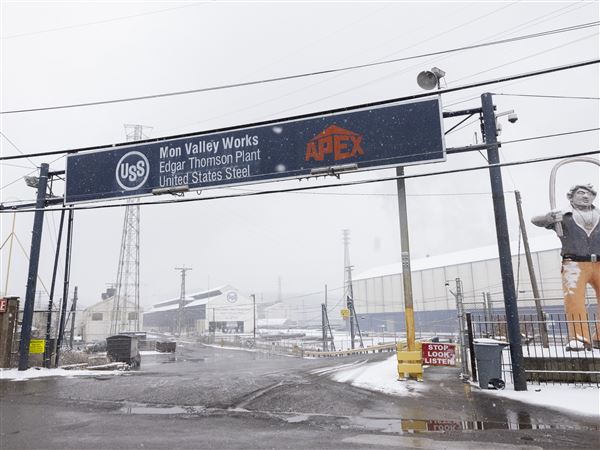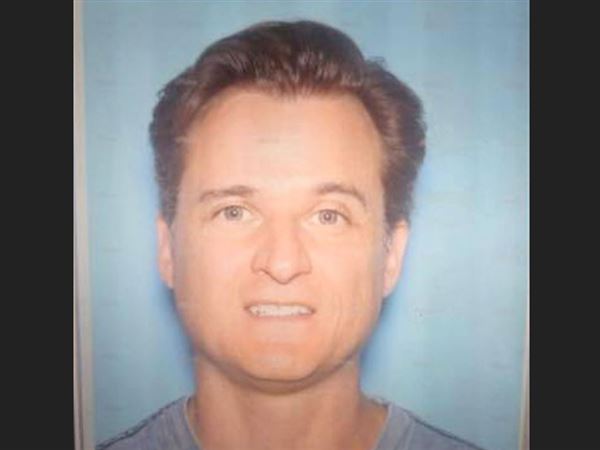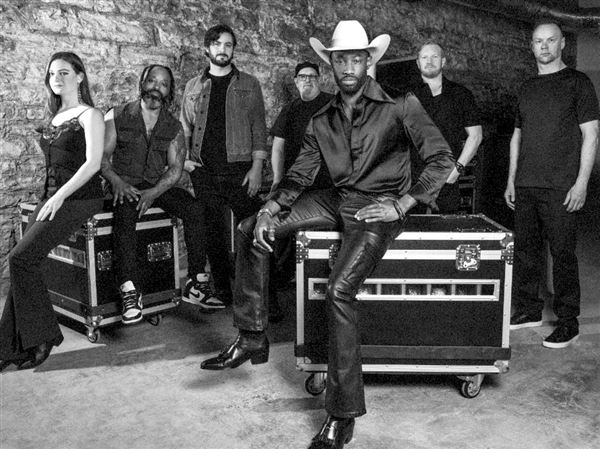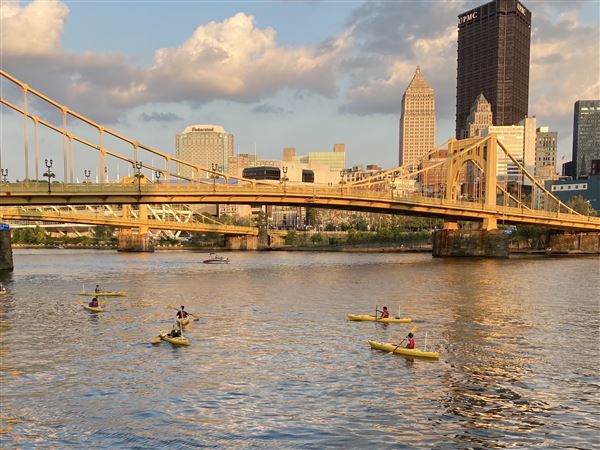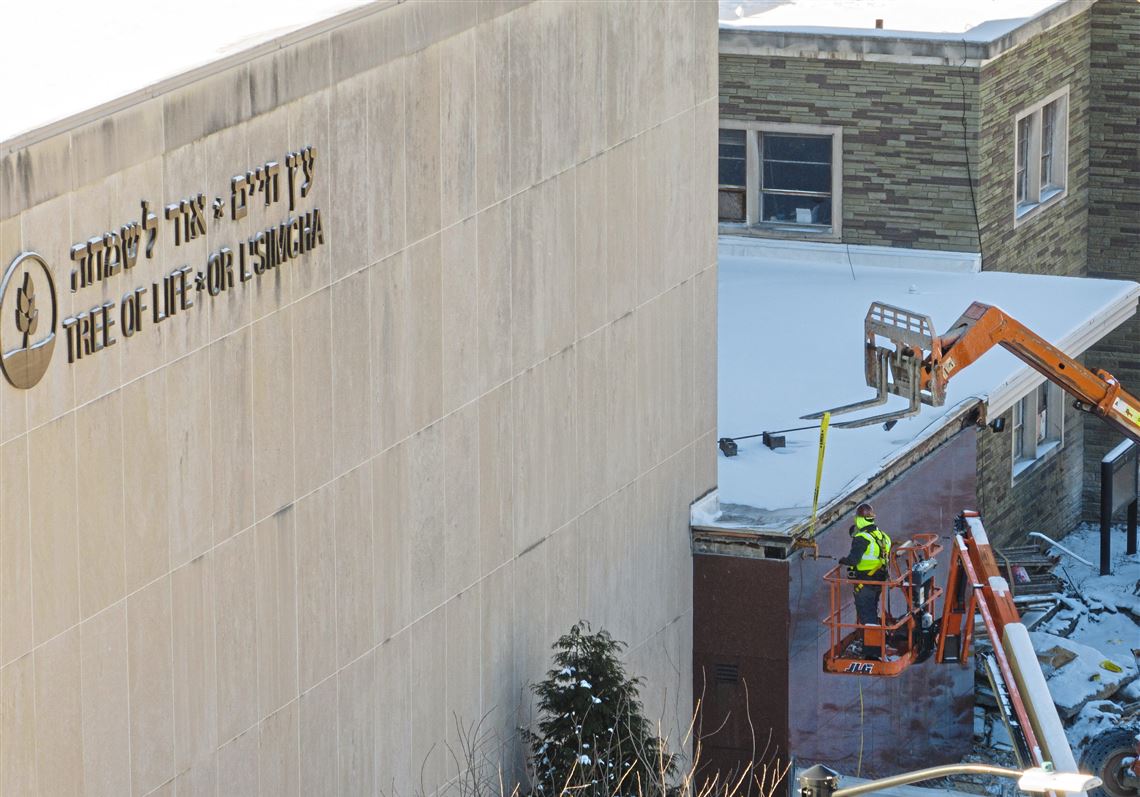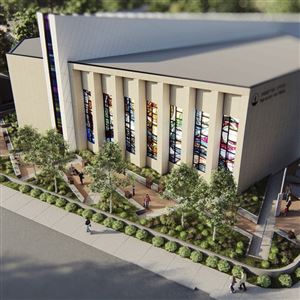The clanking and thuds of the construction rang out in the cold Wednesday morning.
On the corner of Shady and Wilkins, excavators pummeled the west portion of the abandoned Tree of Life synagogue, its social hall, until all that was left was scattered debris, tangled metal and wires.
What happened inside the walls of that synagogue is still seared in the minds of survivors like Audrey Glickman, when she sought refuge from a mass shooter under a prayer shawl to try to blend in with the bags of clothing awaiting donation.
Despite the horrors and grief tied to that place, she is ready to return to this sacred space, one that is being made anew.
“I'm very eager to be back in our own building, on our own property,” she said. “And I look forward both to seeing how it turns out and to our being able to use it to the fullest. It is designed to be a building of light, and I think that reflects us well, including those whom we lost.”
Wednesday marked the first day of a multimillion renovation project at the Tree of Life synagogue, the site of the worst antisemitic shooting in U.S. history. About 80% of the building, left abandoned for over five years now, will be removed to make way for a memorial honoring the 11 people killed on Oct. 27, 2018.
Killed in the attack, which also targeted New Light Congregation and Congregation Dor Hadash, were Joyce Fienberg, Richard Gottfried, Rose Mallinger, Jerry Rabinowitz, Cecil and David Rosenthal, Bernice and Sylvan Simon, Dan Stein, Melvin Wax and Irving Younger.
The congregation doesn’t see the project as a demolition, Alan Hausman, president of the Tree of Life synagogue congregation, said. Rather it’s a deconstruction, it’s about moving forward.
“How do you handle a tragic event and rehab the building?” Mr. Hausman said. “There's no book, no guide or anything. This is just another chapter in our evolution of what the Tree of Life congregation should look like, where we can do so much more than just be a synagogue.”
The designs for the memorial, unveiled last month, show a stone path cut across the greenery on the Shady Avenue side of the building. Eleven sculptures of open books will line the walkway and garden — one for each of the 11.
Daniel Libeskind, a world-renowned architect, is working in collaboration with Rothschild Doyno Collaborative of Pittsburgh on the design. Mr. Libeskind’s portfolio includes Jewish museums and Holocaust memorials worldwide, as well as the master plan for the redevelopment of the World Trade Center.
The sculptures will be inscribed with stories of how each person lived, allowing visitors to get to know them as people and their individual lives.
The books represent the Jewish idea of the Book of Life: Between Rosh Hashana and Yom Kippur — the Jewish New Year and the Day of Atonement — those who are leading good lives and destined for heaven are written into the Book of Life.
“We're not going to let this horrible incident keep us down, and we're coming back as something that the world's never seen before,” Mr. Hausman said.
Along with holding worship services, the synagogue will house the nation’s only museum dedicated to antisemitism, as well as classrooms, offices, a social hall and a film screening room. The building will serve as a space to host students and partner with universities, and become the new home for the Holocaust Center of Pittsburgh.
“We're going to do a whole lot more than just worship, spiritual needs, some education, Jewish education,” he said. “All kinds of things that we've never been able to do before that were just out of our grasp.”
Construction is expected to start sometime in the middle of this year, and it will be about a two year process to finish. So far, they have fundraised approximately $30 million of the targeted $75 million to make the facility a reality, said Michael Bernstein, chair of the Tree of Life Interim Governance Committee.
The congregation had many items inside, including materials considered evidentiary, that they wanted to preserve, Mr. Bernstein said. It’s been eight months worth of work to collect them, including people who had attachment to the historic pieces of the building in the process.
“All of those have found the home where people wanted them and then we just started to empty it out otherwise, preparing to do this,” Mr. Bernstein said.
There’s a lot of history to reckon with. Tree of Life is the oldest of the three congregations affected by the shooting — chartered in 1865 by a group splintered off from Rodef Shalom.
Since the shooting, the Tree of Life congregation has temporarily moved into Rodef Shalom while members awaited the building’s reconstruction.
And the space they will return to will look much different than what they left behind. The only remaining piece of the old building that will remain standing is the recognizable sanctuary walls. It will be completely refurbished on the inside, with the large stained glass windows to be reinstalled.
But this was a vision made with the input of victims’ families and the larger congregation through work groups and listening sessions. It was always clear that they wanted to build something out of this tragedy, said Andrew Stewart of the Silk and Stewart Development group. He is serving as co-chair of the construction work group.
“Rodef Shalom has been very, very good to us,” he said. “I can't say enough good things about how they've treated us all, how they opened their arms to us, but it's still not our space. It’s somebody else's space. It's not the same. We have a lot of people who have a hard time coming back because their friends aren't there. They're just still having difficulty making peace with that. It just reminds them of what happened.”
Mr. Stewart is familiar with the conflicting emotions as someone who has worshiped at the synagogue for over 60 years now. This will be the congregation’s fourth building, he said, first starting in a location downtown before eventually moving to the Squirrel Hill building in 1952. The synagogue itself has gone through various iterations, but this time is different. This change didn’t come naturally, or by choice.
“We're kind of forced into this,” he said. “It’s just a whole range of emotions.”
The lifelong Squirrel Hill resident checked on the progress of the demolition throughout the day Wednesday, as he lives just five blocks away. Still, the memories are fresh in his mind.
“The luncheon for my bar mitzvah was among the pavilion’s first uses when it was opened in 1974,” he said. “It's bittersweet to say goodbye to this physical embodiment of Tree of Life.”
For the community, too, this is where significant lifecycle events happened for the last 70 years – bar mitzvahs, bat mitzvahs, weddings, funerals, Shabbat services and more. But Mr. Stewart is excited for what’s next for the 160-year-old congregation.
“We want to make sure we're here for another 160 years,” he said. “Tree of Life has the opportunity to begin anew and to once again be a worship space and to respectfully and appropriately memorialize what happened and to shed a light educating people about antisemitism and hatred. This is a necessary and important beginning.”
First Published: January 17, 2024, 4:04 p.m.
Updated: January 18, 2024, 7:32 p.m.
